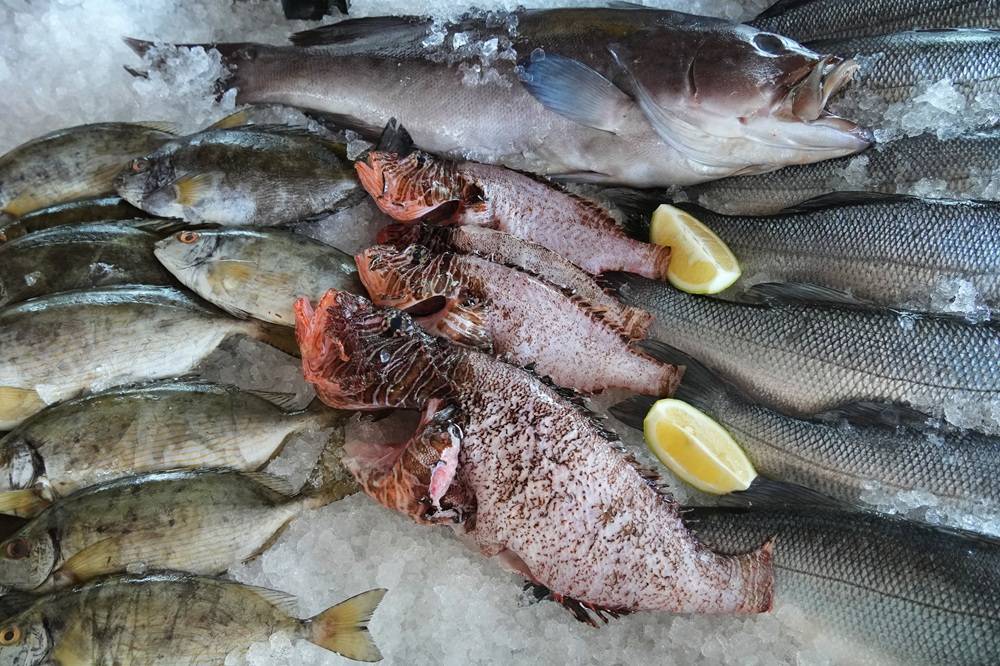US wildlife officials want to extend federal protections to a rare Nevada fish that environmentalists say is “barely clinging to existence" because of rapid groundwater pumping in a remote region experiencing extreme drought conditions.
The US Fish and Wildlife Service's proposal to list the Fish Lake Valley tui chub as an endangered species is expected to publish Wednesday on the Federal Register, kicking off a 60-day public comment period, The Associated Press reported.
It marks the Trump administration's first consideration to list an endangered species during his second term. The pace of listings dropped dramatically during President Donald Trump’s first term.
The Center for Biological Diversity sued in 2023 and secured a settlement last year that forced the government to decide by this month whether to list the fish under the Endangered Species Act, which makes it illegal to import, export, possess, transport or kill those species.
Patrick Donnelly, director of the center’s work across the Great Basin where the tui chub is found, said Nevada can’t afford to lose any more of its native fish species, like the Ash Meadows killifish and Raycraft Ranch springfish that became extinct decades ago.
“The Fish Lake Valley tui chub is barely clinging to existence," he said in a statement. “I’m thrilled these fish are poised to get the life-saving protections they urgently need.”
The olive-colored minnow, which is less than 5 inches (12.7 centimeters) long, used to live in a half dozen springs in Fish Lake Valley in southwestern Nevada, near the
California border. But they are now found in just one spring system between Las Vegas and Reno that the center says is threatened by groundwater pumping mostly used for the production of alfalfa. Other threats include looming lithium mining and geothermal energy projects.
While the tui chub is the “most significant organism” living in that pond, Donnelly said its significance is “much broader than that.” Fish Lake Valley’s wetlands that support all kinds of desert wildlife, including the pronghorn antelope and bighorn sheep, are also dependent on the groundwater there.
“If the water level keeps going down and the Fish Lake Valley tui chub goes extinct, that whole ecosystem is going to crash, because it's the same water that sustains both of them,” Donnelly said. “The Fish Lake Valley tui chub could be considered an indicator of the health of that whole ecosystem.”
In its proposal, the wildlife agency said the designation is warranted because of “the destruction and modification" of the tui chub's habitat “caused by agricultural production or other land management practices," as well as the effects of climate change and competition with invasive species.
At the same time, the Trump administration is seeking to eliminate habitat protections for endangered and threatened species by redefining “harm” in the Endangered Species Act, which has long included altering or destroying the places those species live.
The US Fish and Wildlife Service and National Marine Fisheries Service said in a proposed rule issued last month that habitat modification shouldn't be considered harm because it isn't the same as intentionally targeting a species, which is called “take.”
If adopted, environmentalists say it would lead to the extinction of endangered species because of logging, mining, development and other activities. They argue that the definition of “take” has always included actions that harm species, and that the definition of “harm” has been upheld by the US Supreme Court.










